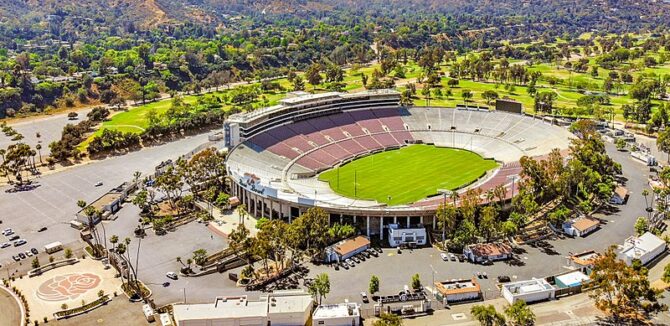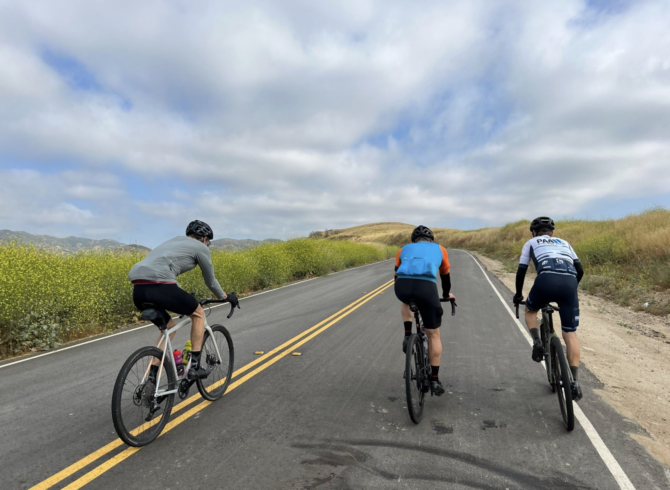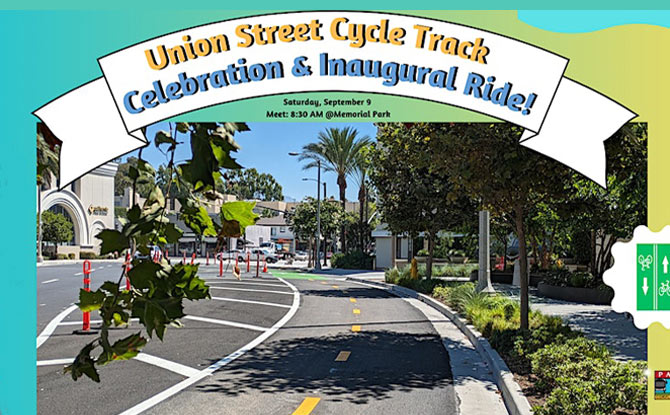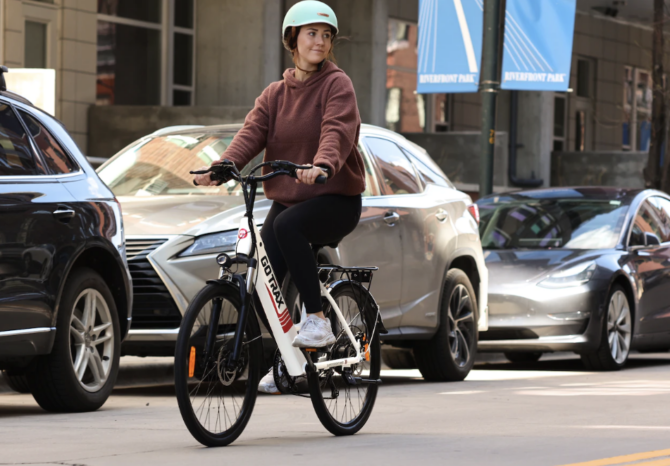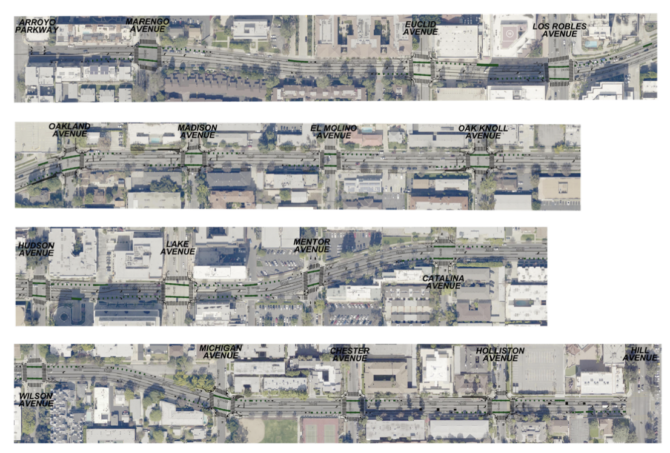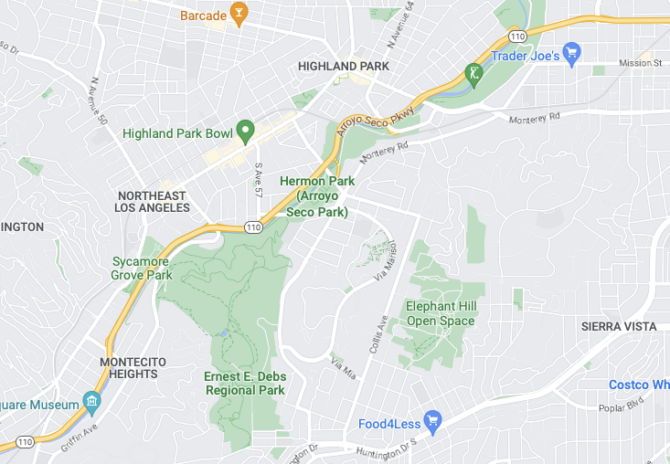From PasadenaCSC.org
The idea of a 15-minute city is simple: a livable city should have most of the things that most people need accessible within 15 minutes by walking, biking, or riding public transit. In a 15-minute city, it should be easy and convenient to walk to a restaurant, ride a bike to the park, or take a bus to the grocery store. This includes safe options for kids to walk to school, and for at least some adults, places nearby where they could work.
This isn’t a hard thing to envision. We could debate about exactly what cities are or are not 15-minute cities, but you don’t have to look far to get the idea. Many East Coast cities have urban cores that could be called 15-minute cities. For example, someone living in Manhattan or Boston is very likely to walk or use public transportation for most of their daily trips. In Paris, many residents don’t own a car, and it’s easy to get around on a subway that goes everywhere and has typical wait times of just three or four minutes. A number of other American cities also score well as 15-minute cities, including San Francisco, Long Beach, and Seattle.
Pasadena is a well designed city
Though Pasadena is part of the megalopolis of Los Angeles, it is also a self-contained city. People who live here know that Pasadena is a wonderful place to live, and for lots of reasons. Many stem from the fact that much of Pasadena was developed in the late 19th and early 20th Centuries before automobiles became dominant. As a consequence, Pasadena has great bones, including an easy-to-navigate street grid with walkable sidewalks in most places, and a mix of land uses. As a mature city, Pasadena has areas that combine dense commercial uses and housing like Old Pasadena and the Playhouse District; high levels of employment at dispersed locations around the city; educational facilities that include not only local-serving K-12 schools but also institutions of higher learning; a major cluster of medical facilities; nice park space; and a well-developed public transportation system. So – in terms of a 15-minute city – Pasadena has many assets. In fact, most of the elements of a 15-minute city are already here!
But, there’s an important thing missing. These elements need to be more effectively linked together to create a safe, inviting, and amenable public realm that promotes walkability and bikeability. If the purpose of a city is to minimize distance and maximize choice, putting these elements together are key to fully realizing the 15-minute city in Pasadena.
Read More

